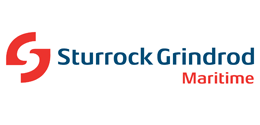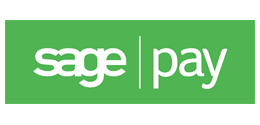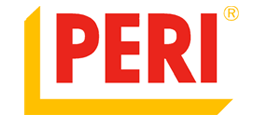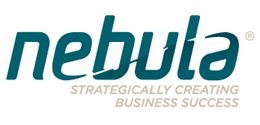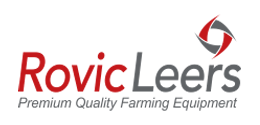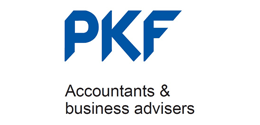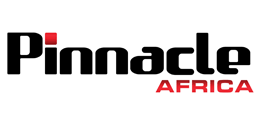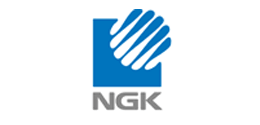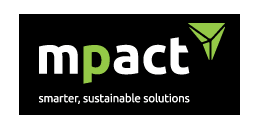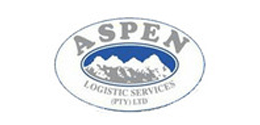Struggling to meet Sales Targets?
Exceptional Times call for Exceptional Ideas.
In many industries right now, making sales is very tough, in some cases almost impossible. Salespeople are frustrated and demotivated, sandwiched between the pressure of meeting targets and their customers’ reluctance to buy. Traditional sales techniques are not getting the required results.
We need to explore a new approach to selling, which utilises more of the current technology and psychology. This does not mean that the basics of selling have changed or should be discarded. It means that the psychology of buying needs to be taken into account.
Let’s briefly analyse traditional sales techniques:
Traditional sales techniques worked like this:
- Set ambitious sales targets. It’s all about the numbers.
- Prospect for customers, using cold calling techniques or an existing database etc.
- Make appointments, be on time and dress the part.
- Ask some clever opening questions, to establish rapport.
- Present your offering to the customer. Be sure to know your product or service really well, including its FAB’s and USP’s. Be confident.
- Be ready to handle their objections, have the right answers ready when required.
- Try to close the deal, or agree to submit a proposal. Leave your corporate brochure and business card with prospect.
- Follow up – try to close again. Be sure to know at least 5 foolproof closing techniques.
- Be persistent – some deals take time to conclude.
- Keep filling your sales pipeline by following the steps above.
By using the above approach you often end up with tons of unconfirmed proposals and very little cash flow! In the new world order, we need to adopt a far more creative, strategic approach to selling. I call it “High Touch – Low Pressure Selling”. Below is a brief summary of how it works:
High Touch – Low Pressure Selling:
- Formulate a proper Sales Strategy. Segment your market correctly. Analyse your competitor’s activities. Decide what you really want – growth, survival, more market share or stronger relationships. Be realistic – don’t think you can achieve all of these at once. Understand your customer’s current reality – not just regarding your product – regarding their entire business or business division. Design a compelling offering, taking all relevant factors into account. Don’t just cut price – find ways to add real value. Exceptional Times call for Exceptional Ideas!
- Research your prospects effectively. Visit their website, google their name, befriend their PA or colleagues, build up a clear picture of them before you make contact. Prepare a CRM contact sheet with the important info and attach your printed research.
- Make the appointment. Don’t try to sell at this stage. Confirm the appointment by email and include an agenda for the meeting. Make the meeting time frame no longer than 20 minutes.
- At the appointment ask some pre-formulated, intelligent “Power Questions” to gain an understanding of your prospect, their interests, their business and their current challenges. Pay careful attention to their answers and then ask deeper, more probing questions. Use the opportunity to gauge their behavioural style (Analytical, Amiable, Expressive or Driver). Adjust your communication immediately to suit their style. Try to avoid talking about your offering at this stage – rather be completely interested in their reality. Picture yourself as their partner or advisor; keep trying to understand their headspace. Give short verbal and body language responses to show you are listening actively. Make notes of the key points.
- Wait for the opportune moment to speak about your offering. Again, try to do this using questions rather than statements. Gauge how much the customer knows already and just fill in the gaps. Don’t talk too much – watch their body language to see if you are losing them. Your offer must be compelling, as decided during your sales strategy session. This will give you natural confidence.
- Be prepared for objections and draw them out in their entirety. Ask a reflective question or rephrase the objection to show that you empathise with the prospect. Commit to finding a mutually beneficial solution. Remember you are positioning yourself as a trusted consultant / advisor – not a high pressure salesperson.
- In some cases, if the customer has a need and some budget, the close will now happen automatically. They will close themselves. If not, try one of the “Power Closes”. Be sure it is appropriate to the client’s behavioural style. If they request a written proposal, first make sure that they qualify for the time it takes you to prepare and send it.When I sell, I prefer to quickly talk through how the proposal will be structured, with the key points, to ensure that they know what to expect. I also try to find out who will be involved in the decision making process – gatekeepers, influencers and decision takers. I also often talk about price at this stage, even if it is a ballpark figure. If they fall off their chair, we go back to step no.6.Only send a proposal if you feel that there is at least a 75% chance of closing the deal. Remember – you are not in the business of sending proposals. You are in the business of Closing Deals. Make sure you leave with your prospect’s business card. Ask if they would like your card and/or brochure. Don’t waste paper by leaving your documentation if it looks like they will toss it the moment you leave. Find out how soon they require the proposal – then send it ASAP. Agree with the prospect exactly how and when you will be following up – set an appointment for the follow-up meeting if possible. This will be the closing appointment.
- Send the proposal – make sure it is short, has quality graphics and looks professional. Also ensure that the numbers are easy to understand. In your covering mail, ask them to confirm that they have received the proposal. Enter the customer’s info into your CRM database. Within 2 days, you begin to send them High Touch – Low Pressure emails. The content of this high touch communication is determined by WHAT YOU UNCOVERED during your meeting with the client. These mails have nothing to do with your company, its products or achievements. They have to do with items of interest to the client. These communications can include; links to interesting websites, newsletters, valuable business information, statistics, information about their industry, ways to work smarter etc. This ensures that you deepen the relationship, stay top of mind and set yourself apart from the opposition.
- Be persistent but patient – find the balance between pushing too hard and being afraid to close. Trust the high touch process – It works!
- Keep refining the steps above and tweak the system to suit your selling style. Hold the attitude that you are here to build relationships, to sell, to add real value, to make a difference and to have some fun in the process. Keep investing in yourself – read books on selling, subscribe to magazines, grow your general industry knowledge, join a network, attend sales training courses (mine are really good!). Remember – Selling is a Profession. Professionals regularly upskill themselves – so should you!
Some are comparing the current economic crisis to the great downturn of 1929. Yet historically, in similar economic downturns, fortunes have been made, bargains have been bought, history has been shaped! Shaped by those who had the courage and the foresight to spot the opportunities – those who thought out of the box and became creative rather than reactive. Those who accepted that cycles are a part of all life, and went with the flow. Those who implemented exceptional ideas and actions!
Yours in Training
Mark Berger















